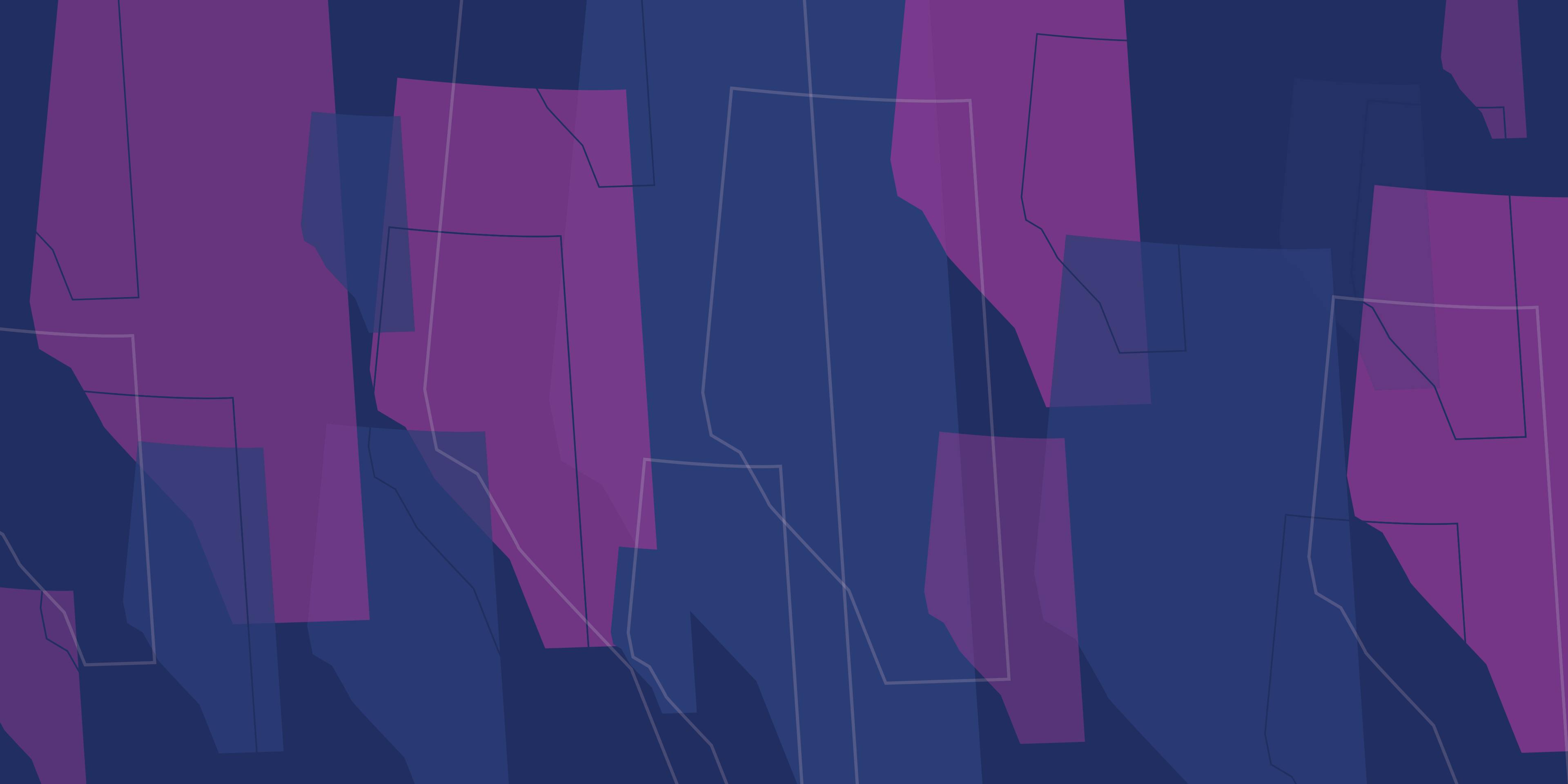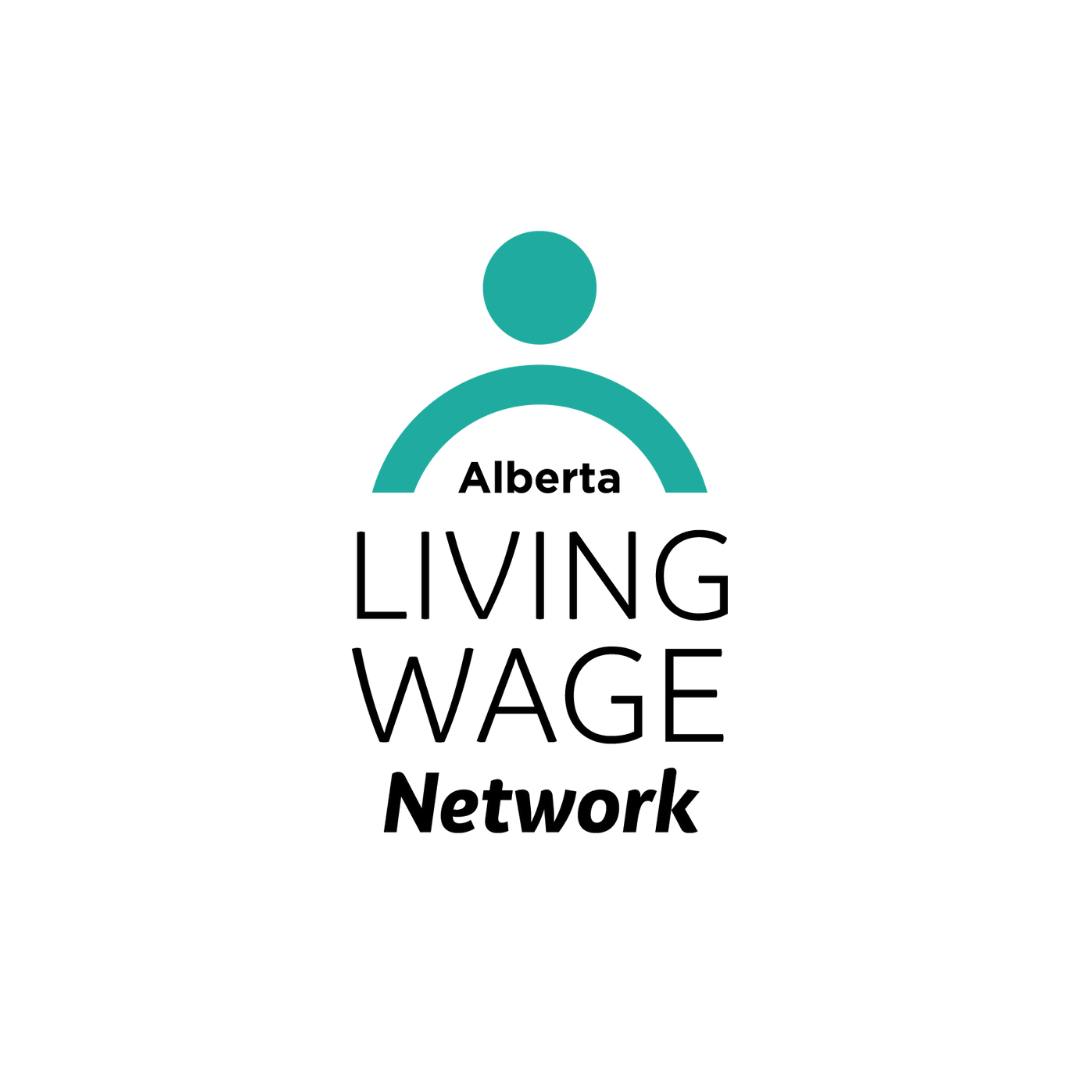VCC in collaboration with the Alberta Living Wage Network has published a new living wage, reflecting what it costs to live in Calgary. The new living wage for Calgary is $23.70 per hour. It’s probably not surprising that it went up over the past year, despite the government implementing some affordability measures. We've seen shelter costs rise about $2,800 over last year and electricity costs rise about 39% over last year's calculation. This page will help you learn more about living wages and actions businesses and policymakers can take to make life more affordable for those living on low incomes.
Project
Calgary’s Living Wage is $23.70 per hour
The cost of living, particularly housing, continues to drive the living wage up
8 November 2023

What's a living wage?
A living wage reflects what people need to earn to maintain a modest standard of living based on the actual costs of living in a specific community. It is determined by calculating average expenses using local costs, subtracting taxes, and adding government transfers for a given household. A living wage considers basic needs and also allows for extra costs like pursuing continuing education, having emergency savings and building financial assets. Employment income that is sufficient to cover the cost of living is vital to reducing poverty and building a resilient city and economy, so Vibrant Communities Calgary has been publishing living wages since 2008.
Calculating the living wage
The living wage is a weighted average based on the number of two-parent family households (weighted at 56.5%), one-parent family households (9.6%), and single adult households (33.9%). This approach reflects multiple situations where people may have access to different government benefits and taxes and would be affected differently by policy changes. For instance improving child care affordability will affect each household type differently.

The methodology for calculating Calgary's living wage assumes that all adults in the household are working full-time hours (35 hours per week) and the following inputs are included:

The living wage calculation
Full details of the allocations for each category are provided in the 2023 Calgary Living Wage Brief.
Rental data is based on Canada Mortgage and Housing Corporation’s (CMHC) Housing Market Information Portal. We assume a 3-bedroom rental apartment or townhouse for the family of four, a 2-bedroom unit for the lone parent family, and a 1-bedroom for the single individual. CMHC October 2022 rates are adjusted to August 2023 prices using Statistics Canada’s Consumer Price Index (CPI) for Shelter.
Estimates for utilities are based on the Utilities Consumer Advocate’s Cost Comparison Tool on September-October 2023. Tenant insurance is based on community-specific Square One estimates on September-October, 2022.
Food costs are based on Health Canada’s 2019 National Nutritious Food Basket (NNFB) adapted by Alberta Health Services for Alberta communities. The cost of the NNFB represents the cost of a basic, healthy diet, that meets nutrition recommendations, and reflects food habits and food purchasing patterns of the population. It is a rough estimate to help calculate the living wage. It is not intended to provide guidance on how much money individual community members should budget for food.
The numbers are based on data collected by Nutrition Services, Alberta Health Services from September 14 to 20, 2023. Registered Dietitians and trained volunteers within specified communities collected data at grocery stores in their community to determine how much the food basket costs in their community. The NNFB includes a mix of fresh, frozen, and minimally processed foods that can be purchased at a full-service grocery stores any time of the year. The amount of each food item required for a family or a single person scenario is determined by the age and sex of the individuals (35-year-old adults, a 7-year-old child in the lone parent family, and an additional 3-year-old child in the family of four – all based on the average of male and female). The cost of the NNFB reflects the cost of all the food items together.
Note that the Food numbers this year are not comparable with the numbers in last year’s report due to a data error last year.
Visit National nutritious food basket - Canada.ca (Government of Canada, 2020) for more information about the National Nutritious Food Basket and a full list of its content. Please contact publichealthnutrition@ahs.ca for information about the data collection process.
Based on the Canadian Automobile Association’s Driving Costs Calculator as of September-October 2023. The costs represent the average of a lower-cost 8-year-old car, hatchback, truck, and SUV. Expenses assume milage of 10,000 km and include depreciation, maintenance, license and registration fees, insurance costs, monthly car payments (assuming a 15% down payment), and fuel costs. Highway vs. city driving and the price of gas (the average of January to August 2023) are specific to community. The price of gas was estimated using GasBuddy and Statistics Canada.
Communities with adequate public transit assume one vehicle and one transit pass for the family of four and one vehicle for the lone parent family. Depending on the community, the single individual is assumed to have a vehicle (if it would be difficult to commute or participate in the community using public transit only) or the average of a transit pass and a vehicle (if relying on public transit wouldn’t be a barrier to commuting or participating in the community for a significant proportion of the population). Communities without public transit assume two vehicles for the family of four (estimated as the cost of one vehicle multiplied by 1.5), one vehicle for the lone parent family, and one vehicle for the single individual.
The family of four is assumed to have a 7-year-old child and a 3-year-old child. The lone parent is assumed to have a 7-year-old child. The 3-year-old is assumed to need 12 months of full-time child care, while the 3-year-old needs 10 months of before- and after-school care and two months of full-time care or summer programs. Members of ALWN’s council collected data on the actual costs of local providers through websites, email, or phone calls. The expenses are after the Affordability Grant is deducted ($450/month for the 3-year-old). The Alberta Child Care Subsidy is included in calculations for living wages under its income threshold of $180,000 for a family.
Based on Statistics Canada’s Survey of Household Spending (SHS) for the following categories:
- Women’s and girls’ wear (aged 14+)
- Men’s and boys’ wear (aged 14+)
- Children’s wear (under 14 years of age)
SHS data is reported by income quintile. The income quintile with the lowest expenditure was used, excluding the first income quintile (1st to 20th percentile of income), since many in the first income quintile would not be making a living wage.
SHS data is based on what the average household spends, so numbers were adjusted based on Statistic’s Canada’s 2021 Census Profile Table for Alberta (2.6 people per household; 19% aged 0–14). SHS data was adjusted to 2023 using Statistics Canada’s CPI for Clothing & Footwear.
Health insurance is based on the cost of the premiums for Alberta Blue Cross. The plan selected is Blue Choice, with Plan B extended health benefits, dental coverage, and prescription coverage. This category also includes the cheapest life insurance available from LowestRates.ca estimates and the cheapest critical illness insurance available from Manulife CoverMe.
The Canadian Living Wage Framework species including parent education in a living wage calculation. This is because a living wage should include the opportunity to upgrade education should one want to change occupations or advance in their career. Costs are locally sourced based on each community representative on the ALWN council finding the actual costs of post-secondary education options in their community. If there are no local options, the cost of Athabasca University is used, as it is online learning and can be taken from anywhere. The cost assumes one course per semester (a total of two courses) for one adult in each household. A tax credit is calculated for tuition and eligible fees. Note that the post-secondary institutions in some communities have a transit pass included in tuition fees, which is taken into account in Transportation expenses for those communities.
Other household costs are made up of the following expense categories:
- Telephones and telephone services – note that the methodology did not include mobile service, so we’ve added the cost of the cheapest available mobile service on September-October 2023 that provides unlimited talk and text and at least 5GB of data on a 4G network (Public Mobile’s $40/month plan, which includes 30GB of data at 5G speed)
- Household supplies
- Furniture, furnishings, electric appliances
- Personal care (including pharmaceutical products)
- Home entertainment, sports, and recreation. Note that this category includes costs related to participating in the community, including the following: live sports events, live performing arts, museums, bicycles, sports and recreation facilities, and movie theatres
- Reading materials and supplies (including textbooks)
- Other (e.g., bank fees, postage, charity, luggage)
Based on Statistics Canada’s Market Basket Measure (MBM) multiplier for Other expenses (75.4% of food and clothing & footwear). The methodology of the multiplier is based on using the cost of a basket of items for food and clothing & footwear. While our methodology for Food is based on the cost of a basket of items, our methodology for Clothing & Footwear is based on expenditures (Survey of Household Spending), so we use Alberta’s MBM amount for Clothing & Footwear in this calculation for a family of four (and an estimate of what MBM for Clothing & Footwear would be for the lone parent and single individual households).
See page 73 of First Comprehensive Review of the Market Basket Measure of Low Income (Human Resources and Skills Development Canada) for a full list of items included.
We assume the need to set aside two weeks’ pay (at the living wage rate) so expenses can be covered even when unexpected situations happen and a worker needs to be away from work without pay (e.g., staying at home sick, moving, bereavement, caring for a sick family member).
The calculation considers tax deductions (child care expenses and northern residents deductions), tax credits (tuition), taxes & deductions, and government benefits (e.g., Canada Child Benefit). Where tax and benefit amounts are determined by income, the income at the living wage rate is used.

Minimum wage
Minimum wages are legislated by the provincial government and are set so that no employer may pay below the legal minimum. It currently sits at $15 per hour for most employees and $13 per hour for people under the age of 18 and hasn’t gone up since 2018. About 200,000 Albertans are on minimum wage in our province and in Calgary, the living wage is almost $9 higher than the minimum wage.
Alberta is the only province that didn’t increase its minimum wage in 2022 or 2023. Many Canadian provinces and all of the territories review their minimum wages annually as indicated in the table below.

Living wages across Canada
The Alberta Living Wage Network calculates the living wage for 16 municipalities across Alberta. View the details of each calculation.

There are many communities that publish living wage across Canada and formally established networks in Ontario and British Columbia. Annual figures are also released by organizations in Quebec, Saskatchewan, New Brunswick, and Nova Scotia.

Calculating and publishing living wages informs business owners, policymakers and employees about local costs and affordability measures and how they compare to other cities and provinces. Equipped with this information, policymakers can also evaluate how measures like utility rate caps and action on affordable housing and food can affect lower income workers in a city.
Certified living wage employers
Employees that pay a living wage directly or through a combination of wages and basic needs benefits, may be eligible for living wage certification through the Alberta Living Wage Network.
Studies show that living wage employers experience a decrease in employee turnover and absenteeism, increased retention and productivity, and savings on rehiring and retraining. Employers can also use the living wage as a tool within their recruitment strategy for lower paying occupations. Living Wage Employers receive public recognition for demonstrating a commitment to socially responsible practices, making them more attractive to potential employees and customers. The Living Wage Employer Program recognizes and celebrates employers that pay their direct and indirect employees a living wage.
Resources
- View the Top 5 things to know about Calgary’s 2023 living wage.
- The Alberta Living Wage Network is made up of community organizations, businesses and municipalities with the goal of encouraging employers and policymakers to implement a living wage and best practices across the province that would help businesses thrive and Albertans earn livable incomes.
- Studies show that living wage employers also cut costs when it comes to hiring and training new employees. Learn more in How Living Wages Benefit Employers.

Calgary's Living Wage
A living wage reflects what people need to earn to maintain a modest standard of living based on the actual costs of living in a specific community. It is determined by calculating average expenses using local costs, subtracting taxes, and adding government transfers for a given household. A living wage considers basic needs and also allows for extra costs like pursuing continuing education, having emergency savings and building financial assets.
Related Projects

Calgary’s Living Wage is $26.50 per hour
Alberta’s largest city sees a $2.00/hr jump in living wage compared to 2024

Making Ends Meet
Stories of lived experience told through community voices

Indigenous perspectives on building a future where there is enough for all
Indigenous teachings and oral storytelling traditions capture the conversations, wisdom, and experiences shared during the pipe ceremony



